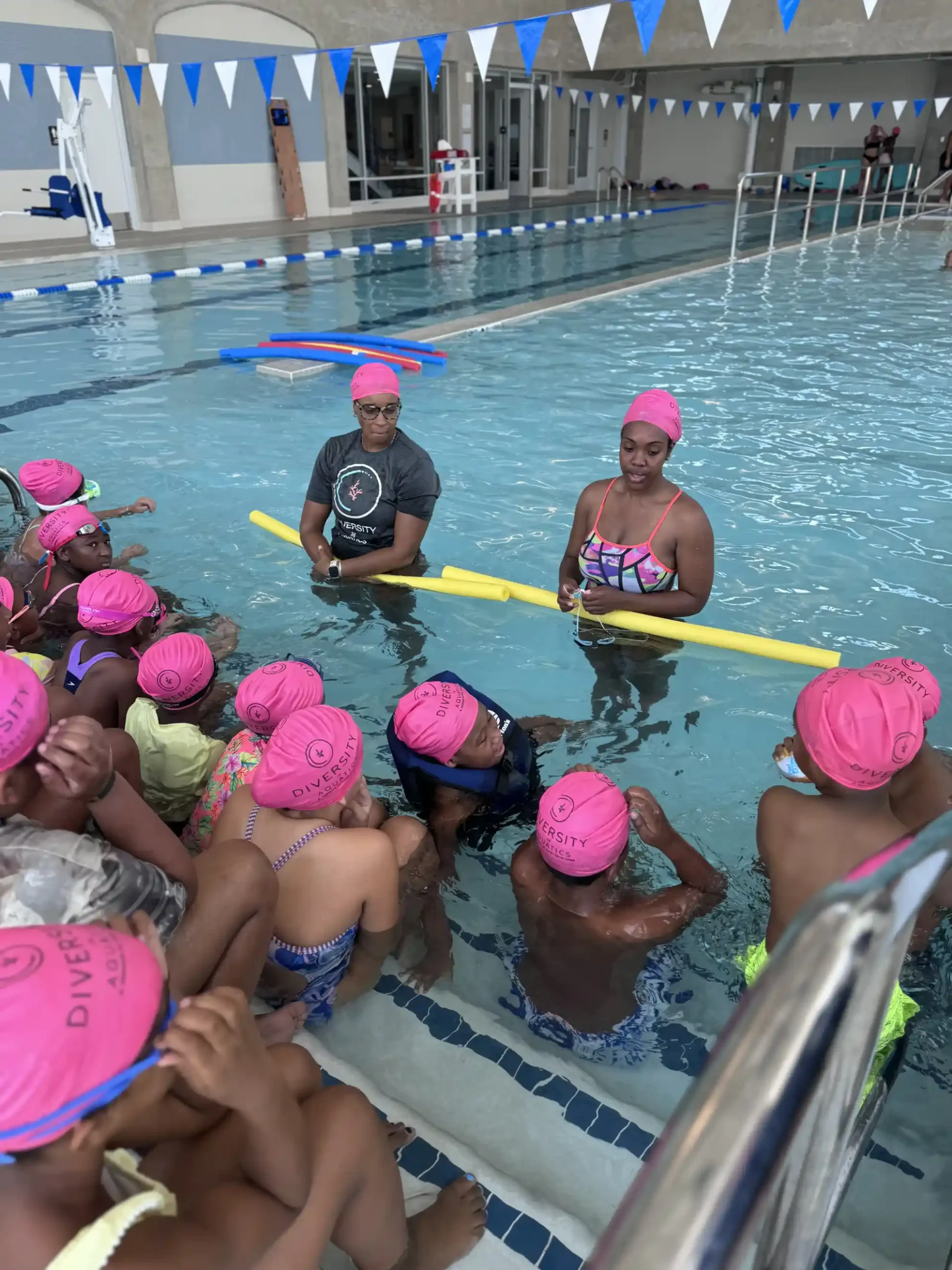Water Safety at Camps: Guidance for Leaders and Participants
Water safety is a critical concern for everyone, but it holds particular significance for camp leaders and participants. Aquatic activities are often highlights of the camp experience, yet they carry inherent risks that require proactive safety measures. Understanding and practicing water safety isn’t just about knowing how to swim—it’s about fostering a culture of vigilance, preparedness, and inclusion.
Creating Safer Aquatic Experiences at Camps
This guide provides essential water safety guidelines tailored for camp settings. Whether you're overseeing a lakeside camp or organizing pool activities, these practical tips will help you create an environment where safety is second nature and every camper can thrive.
The first and most important step in maintaining water safety is ensuring camp leaders are properly trained and certified. Leaders must be equipped with the knowledge and skills to respond effectively in emergencies.
Key training requirements include:
This foundational training ensures that leaders can respond swiftly and effectively during water-related incidents, building trust and confidence among participants and their families.
Clear safety rules form the backbone of any effective water safety program. These rules must be communicated in a way that participants understand and respect, before any water activities begin.
Tips for creating and sharing rules:
When everyone understands the rules, the risk of accidents decreases and a sense of responsibility grows across the group.
Supervision is more than just oversight—it’s about setting the tone for how participants approach water activities. Camp leaders serve as role models and guardians of safety.
Best practices for effective supervision:
Children and teens mirror the behavior they observe. When leaders actively demonstrate safe conduct, campers are more likely to internalize and emulate those behaviors.
Even with the best precautions, emergencies can occur. A well-prepared team can turn a crisis into a manageable situation through calm, coordinated response.
How to prepare:
Practice makes preparedness second nature, ensuring a faster and more effective response when every second counts.
Use swim assessments at the beginning of camp. Separate groups based on ability and provide additional supervision and flotation aids for less experienced swimmers.
Conduct environmental assessments, clearly mark safe swim zones, and post extra staff in areas without natural boundaries. Always have rescue equipment ready.
Break groups into smaller, manageable units with designated supervisors. Use whistles or signals for clear communication and quick attention.
Yes. Certified lifeguards are trained specifically in aquatic surveillance and rescue. CPR training complements but does not replace lifeguard duties.
Use games, storytelling, and interactive scenarios. Role-play water emergencies or have campers create skits about water safety.
Use visual aids, multilingual materials, and simple, repetitive instructions. Partner with bilingual staff or community members when possible.
Use gentle encouragement and progressive exposure. Offer one-on-one sessions and celebrate small wins to build confidence.
They should be mandatory for non-swimmers, in open water, or during boating activities. Even skilled swimmers may need them in unpredictable conditions.
Look for head bobbing, lack of arm movement, silence, or a glassy-eyed stare. Drowning is often silent—train staff to recognize subtle signs.
Partner with organizations like the American Red Cross, YMCA, or local aquatic centers for training, materials, and audits.
